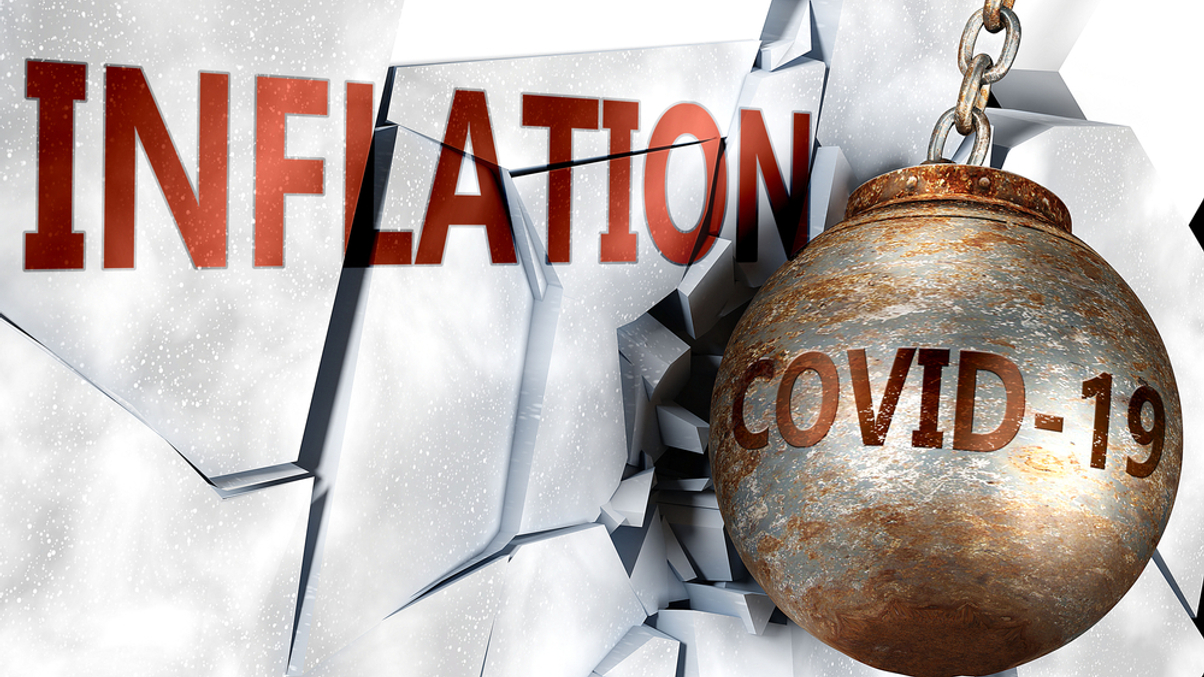Year of the Ox reflections: Inflation's unpleasant surprises of 2021
With supply chain issues worsening, labour shortages, and a spike in energy prices, 2021 saw inflation rates rise to levels unseen in nearly four decades.

Last year, AsianInvestor made 10 predictions about how markets would swing in the Year of the Ox. As we now enter the Year of the Tiger, we take a look back at just how accurate some of these predictions were.
Sign In to Your Account
Access Exclusive AsianInvestor Content!
Please sign in to your subscription to unlock full access to our premium AI resources.
Free Registration & 7-Day Trial
Register now to enjoy a 7-day free trial—no registration fees required. Click the link to get started.
Note: This free trial is a one-time offer.
¬ Haymarket Media Limited. All rights reserved.


